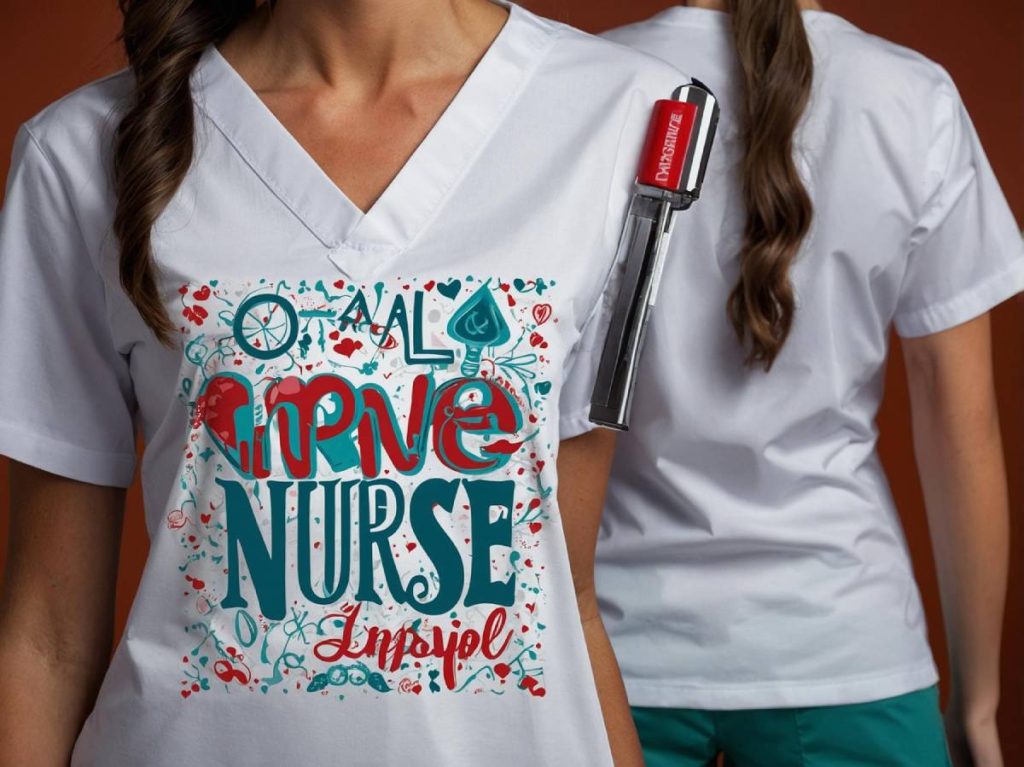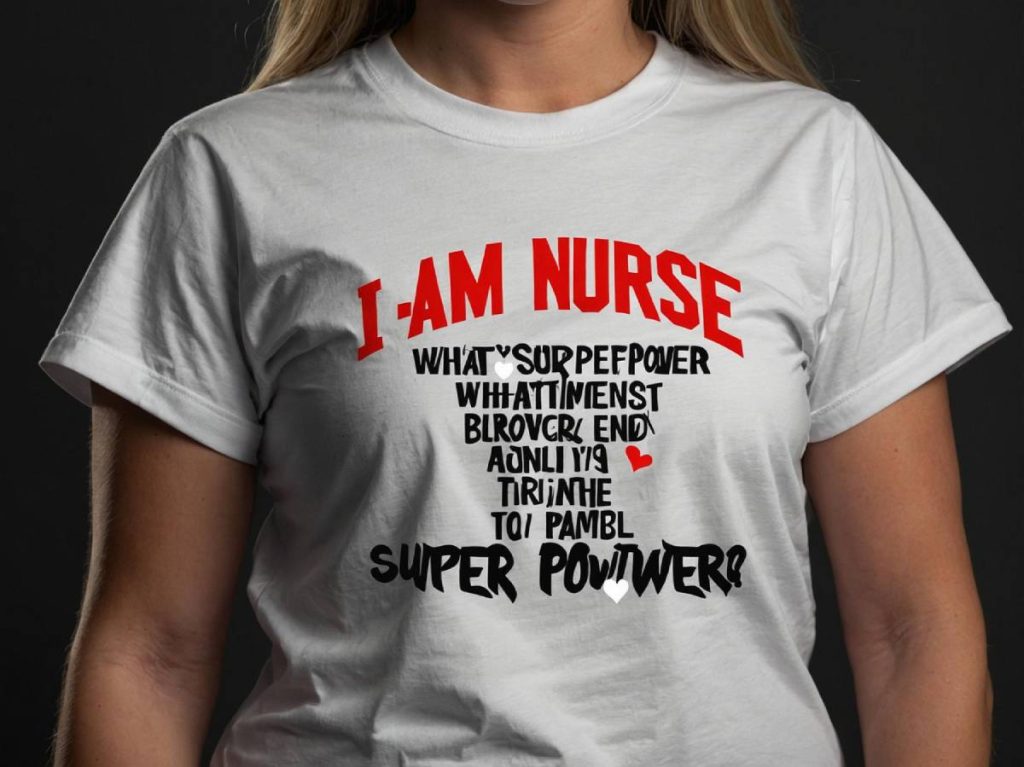DTF supplies are revolutionizing the world of fabric customization and printing. As the Direct to Film (DTF) printing method gains traction, the importance of selecting quality materials cannot be overstated. From the best DTF printers to DTF transfer films and inks, each component plays a vital role in achieving stunning results. Businesses looking to enhance their production capabilities must not overlook the significance of innovative DTF adhesive solutions that ensure durability and vibrancy in prints. In this article, we will explore the essential DTF supplies that can elevate your printing business to the next level.
When it comes to fabric printing technology, Direct to Film (DTF) solutions have emerged as an effective alternative for customizing textiles. By utilizing specialized film and adhesives, this method ensures high-quality transfers that stand out in the marketplace. Whether referred to as DTF printing, film transfer printing, or textile adhesion systems, the fundamentals remain the same: selecting premium raw materials significantly influences the final product. Understanding the dynamics of DTF printers, transfer films, inks, and adhesives is essential for anyone keen on excelling in the fabric customization industry. Therefore, exploring these innovative supplies is crucial for businesses aiming for impact and quality in their print results.
Understanding DTF Printing: A Deep Dive
Direct to Film (DTF) printing has revolutionized the textile customization industry by providing an efficient alternative to traditional methods. Unlike screen printing and direct-to-garment (DTG) approaches, DTF printing uses a specialized film that allows for sharper designs, vibrant colors, and exceptional detailing. This method caters not only to small businesses looking for low-volume production but also to larger enterprises aiming for quick and scalable outputs. DTF printing’s flexibility in adapting to various materials, including cotton, polyester, and blends, makes it a go-to choice for those looking to expand their offerings without compromising on quality.
The process begins with printing the desired designs onto a transfer film using high-quality DTF inks that can withstand multiple washes while retaining their vibrancy. After printing, a powder adhesive is applied to the wet ink, which creates a bond when heat-pressed onto the fabric. This multi-step process, although straightforward, requires attention to detail and the right supplies to ensure top-notch results. With advancements in technology, businesses can now access the best DTF printers that provide precision and efficiency, propelling DTF printing into a prominent place within the industry.
Essential DTF Supplies for Quality Printing
Selecting the right DTF supplies is crucial for achieving optimal printing results. Key components such as DTF printers, inks, transfer films, and adhesives directly influence the quality and durability of the final product. When it comes to DTF printers, options range from entry-level machines suitable for hobbyists to high-capacity commercial printers that can handle bulk orders. Brands like Epson and Mimaki offer exceptional choices, and evaluating their features against your business needs will help ensure successful operations in custom fabric printing.
Furthermore, the right DTF inks are paramount in ensuring the vibrancy and adherence of designs on various materials. Water-based inks are becoming the preferred choice among industry leaders due to their environmentally friendly formulation, providing excellent performance without compromising on quality. Coupled with premium DTF transfer films, businesses can achieve the desired aesthetic—whether opting for a glossy finish that enhances color saturation or a matte look for sophistication. By investing in high-quality supplies, businesses can significantly reduce reprints and material waste, leading to increased profitability in the long run.
The Role of DTF Inks in Printing Success
DTF inks are a critical factor that determines the brilliance and longevity of printed designs. High-performance inks not only result in rich colors but also enhance the adhesion of designs to the fabric, making them resilient to washes and daily wear. The composition of these inks plays a pivotal role; environmentally friendly water-based formulations are now a market standard, combining excellent printability with minimal harmful effects. This innovation, geared towards eco-conscious consumers, ensures that businesses can both maintain a competitive edge and adhere to environmental standards.
With a variety of DTF inks available, determining the right formulation for specific applications can yield different results. For instance, certain inks are specially designed to work optimally with specific DTF printers and films, while others may offer enhanced brightness or fade resistance. Understanding these nuances provides businesses with the knowledge needed to select the best DTF inks, aiming for exceptional product quality that meets customer expectations. This meticulous approach can place businesses ahead of their competitors in the increasingly saturated custom printing market.
Choosing the Best DTF Printers for Efficient Operations
When considering the best DTF printers for your business, analyzing your specific needs and production volume is essential. Entry-level models are ideal for startups and small businesses as they often require less capital investment while still producing quality prints. Alternatively, commercial-grade printers are optimized for high-volume production, featuring advanced technologies that ensure faster print speeds and higher resolution outputs. Brands recognized for quality, such as Epson and Mimaki, often top the lists of recommendations, making it easier for businesses to invest wisely.
In selecting a DTF printer, it’s also important to consider factors such as user-friendliness, maintenance requirements, and availability of compatible DTF transfer films. By examining reviews and conducting thorough comparisons, businesses can make informed decisions that promise improved efficiency and lower operational costs. Investing in the right DTF printer can lead to a substantial reduction in production error rates and enhance overall workflow, facilitating a seamless process from design to finished product.
Exploring DTF Adhesive Solutions for Strong Bonds
Adhesives play a crucial role in the DTF printing process, ensuring that designs adhere aggressively to the fabrics. The rise of powdered adhesives has transformed how businesses approach the application process, offering a cleaner and simpler method that allows for superior bonding. These adhesives, designed for compatibility with different fabric types, enhance not only the adherence of the transfer film but also its longevity. Properly mixing adhesive types tailored to the specific material can lead to products that withstand multiple washes and end-user wear.
Moreover, advancements in adhesive technology mean that businesses can now select from a range of solutions specifically crafted to meet the diverse needs of fabric customization. Whether you are dealing with cotton, polyester, or blends, understanding the adhesive’s properties and optimal use can drastically improve outcomes. By ensuring the correct adhesive solutions are applied, businesses can elevate the quality of their final product, earn customer trust, and foster repeat orders—critical to long-term success in the competitive DTF printing market.
Staying Ahead with Market Trends in DTF Printing
Awareness of current market trends is essential for businesses involved in DTF printing. As the demand for personalized and customized products grows, staying up-to-date with emerging technologies and customer preferences becomes increasingly important. Key trends include the expansion of DTF supplies and innovations in printing technologies, alongside the continuous development of eco-friendly materials. Businesses must adapt to these trends to better meet the evolving needs of customers seeking high-quality custom prints.
Additionally, fostering diverse supplier relationships can be an important strategy to ensure a steady flow of essential DTF supplies. By engaging with various suppliers, businesses can negotiate better pricing, access new products, and remain adaptable to market changes. Keeping a pulse on industry developments and consumer behaviors allows businesses to make proactive decisions, ensuring they can successfully navigate the dynamic landscape of DTF printing and maintain a competitive advantage.
Frequently Asked Questions
What are the key supplies needed for DTF printing?
When it comes to DTF printing, essential supplies include high-quality DTF printers, DTF transfer films, DTF inks, adhesive solutions, and pre-treatment products. Each of these items plays a critical role in achieving vibrant, durable prints.
How do I choose the best DTF printers for my business?
Choosing the best DTF printers involves considering your printing volume and the specific features you need, such as print resolution and speed. Brands like Epson and Mimaki offer a range of printers ideal for both small operations and high-volume production.
What are DTF transfer films, and why are they important?
DTF transfer films are essential supplies in the DTF printing process, as they serve as the medium onto which designs are printed. The right film enhances color vibrancy and adhesion, making it crucial to select from options like matte or glossy films based on your desired finish.
What type of DTF inks should I use for optimal results?
For optimal results in DTF printing, water-based inks are recommended due to their eco-friendly nature and ability to provide vibrant colors. High-performance inks also contribute to better adhesion and durability of prints on fabrics.
How can DTF adhesive solutions impact print quality?
DTF adhesive solutions are crucial for ensuring that the printed designs adhere properly to fabrics. The right adhesive, particularly powdered varieties, enhances the durability of prints during washing and wearing, significantly impacting the final product’s quality.
What role do pre-treatments play in DTF printing?
Pre-treatments in DTF printing assist in achieving better adhesion and color vibrancy by preparing the fabric for the transfer process. Proper pre-treatment is essential for enhancing the durability of prints, making it a vital step in the DTF printing workflow.
| Key Supplies | Description |
|---|---|
| Types of DTF Printers | Various models catering to different needs – entry-level for hobbyists and commercial for high-volume production. |
| Inks and Films | Water-based inks preferred for eco-friendliness; transfer films available in matte and glossy finishes. |
| Adhesives | Powdered adhesives are popular for strong bonding; essential to match adhesive to fabric type. |
| Pre-treatments | Enhances adhesion and color vibrancy; new advancements streamline the process. |
| Market Trends | Growing demand for DTF supplies; strong supplier relationships lead to better efficiency and outcomes. |
Summary
DTF supplies play a crucial role in the printing industry, enabling businesses to produce high-quality customized fabric designs effectively. With advancements in technology, selecting the appropriate printers, inks, films, adhesives, and pre-treatments is essential for achieving vibrant and durable results. Understanding the nuances of these supplies not only enhances the quality of the final products but also contributes to improved customer satisfaction. As the demand for DTF printing continues to grow, staying informed about the latest trends and innovations will empower businesses to successfully navigate the competitive landscape.



